Anyone who uses a camera is going to know how horrible sensor dust is. There is nothing worse than going out to get an image, just to discover when you get it on the computer that it is full of spots from your sensor.
Take a look at the following image, the one on the left is a long exposure of Airey’s Inlet lighthouse. I took so many photos that day, and it wasn’t until I saw them on the computer that I saw all the spots from the sensor. The one on the right was done in Camera Raw, you click on the spot removal brush in the top menu and then press Visualize Spots. It certainly showed how many there were.
The reality for me was that none of the images were worth using. It would take hours to get rid of all the spots, if it was possible. I knew the first thing I had to do when I got home was get my sensor cleaned. I did that, but it cost $99 to do. They say you should do it ever 6 months, though it does depend on your camera, how often you use it, and for me I probably should get it done every 3 to 4 months. So I am looking at $300 to $400 a year to keep my sensor relatively clean. To me, that is too much. I have been looking for an alternative ever since, which pretty much means cleaning it myself.
Cleaning your Sensor
Cleaning your sensor can be scary. It is very expensive to repair if you get it wrong. It is important to know what you are doing, and make sure the products you get will not damage it. So I spent some time one day researching how to clean my sensor and what products to use. I had thought that I would end up with swabs and a liquid cleaner, but in the end I found something new, a Sensor Gel Stick from Eyelead, that you can purchase from Photography Life. So I ordered one.
Sensor Gel Stick
When you unpack it the container that holds it looks like this,
When you open it,
It looks a bit scary, but apparently very easy to use. Though, when I read the review it says make sure you watch the video on the the Photography Life website first before you use it.
It was very good advice and I suggest that if anyone is going to purchase it, that is exactly what you should do. It doesn’t work the same way as other sensor cleaners. This one you don’t drag over the sensor.
I watched the video this morning and so I wouldn’t ruin my sensor, have to make sure it is okay, I tried it on my old D300s first. The sensor wasn’t that dirty after being cleaned when it fixed recently when my daughter dropped it, but I did get some spots off it, though it took a few attempts.
Next, it was time to try it on the Nikon D800. I knew the the sensor was very dirty and could do with a good clean. You can see how many spots it had.
Again, it was taking forever, and several attempts to get it clean. Then I wondered if it was because we have been having some cold weather, and since it is gel, maybe the cold is making it less effective. So I put the stick, with the cover on it, in my hand for a while to see if I could warm it up a little, then I tried again.
I had a lot more success when it was a little warmer. I think you have to be careful with how you warm it up, but it is better when it is.
The sensor still isn’t 100% clean, but a lot better than it was. Now that I have the gel stick, I will use it more often and make sure my sensor doesn’t get that dirty again.
Warning
When you do research on this you will find that people have purchased some and have ruined their sensors. Apparently there is a knock off one from China and it isn’t good. You have to make sure you buy it from the right place and get the real one. I was told that Photography Life was the best place to purchase.
Though I wonder how many people who have wrecked their sensors have done it because they didn’t read the instructions properly, or watch the video.
Anytime you are doing anything to your sensor, you have to be so careful.
Conclusion
I like it, I think. It was fairly easy to use, though I think I would wait for warmer weather to try it again. I know to most parts of the world it isn’t as cold here, but still cold enough. I will continue trying it and see how I go.
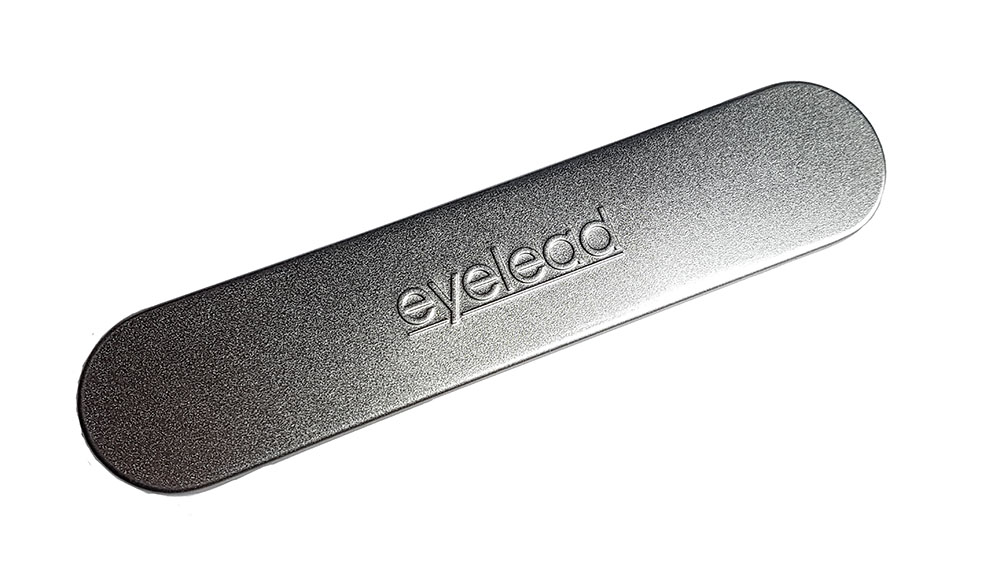
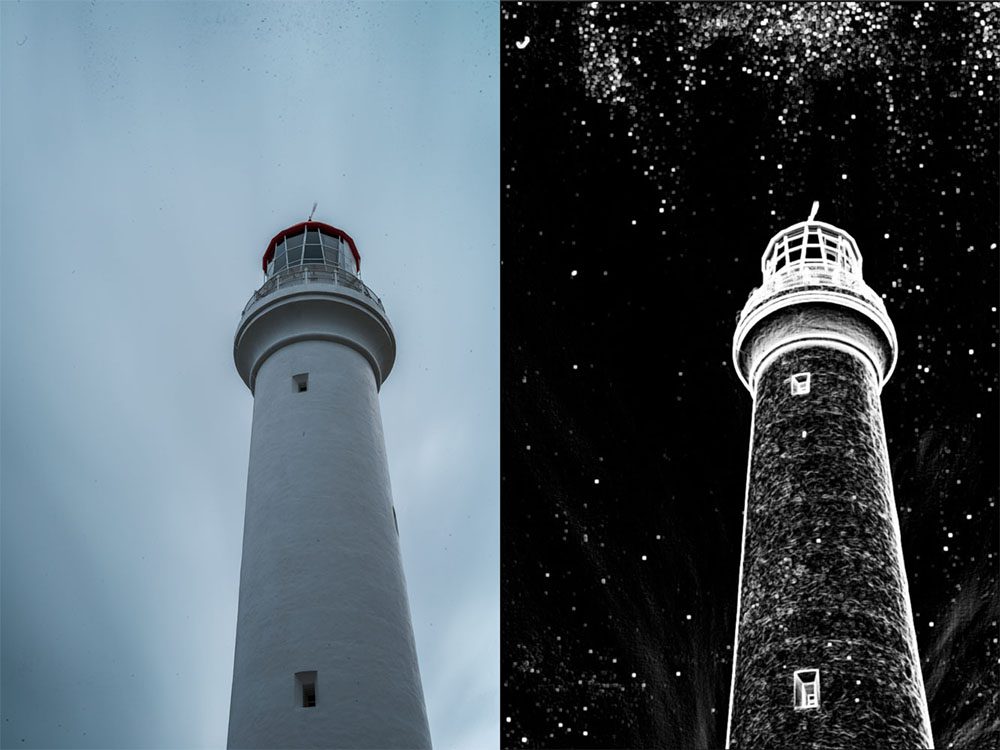
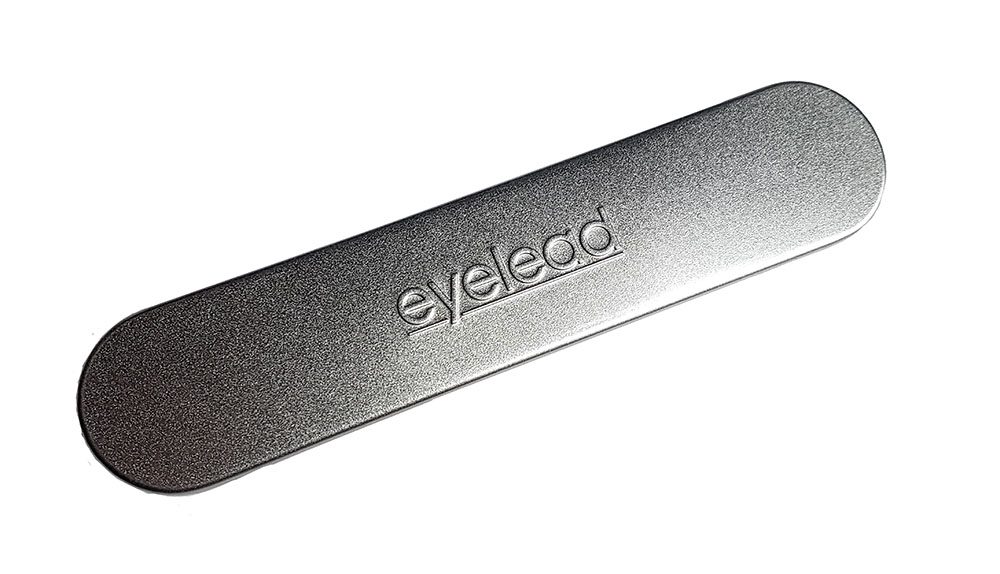
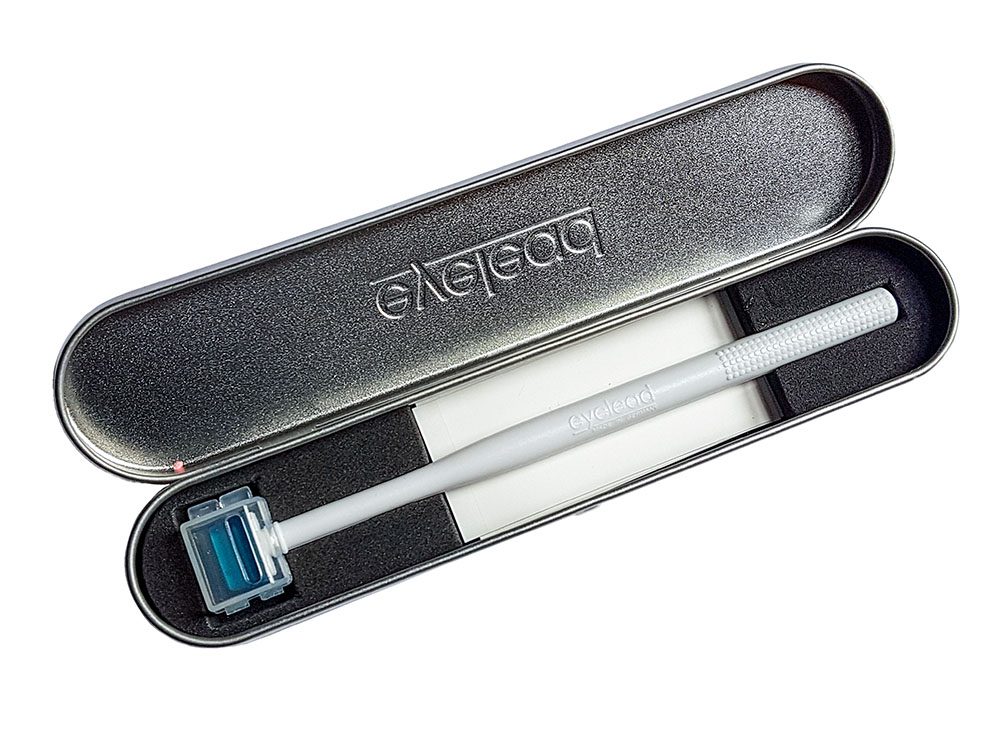
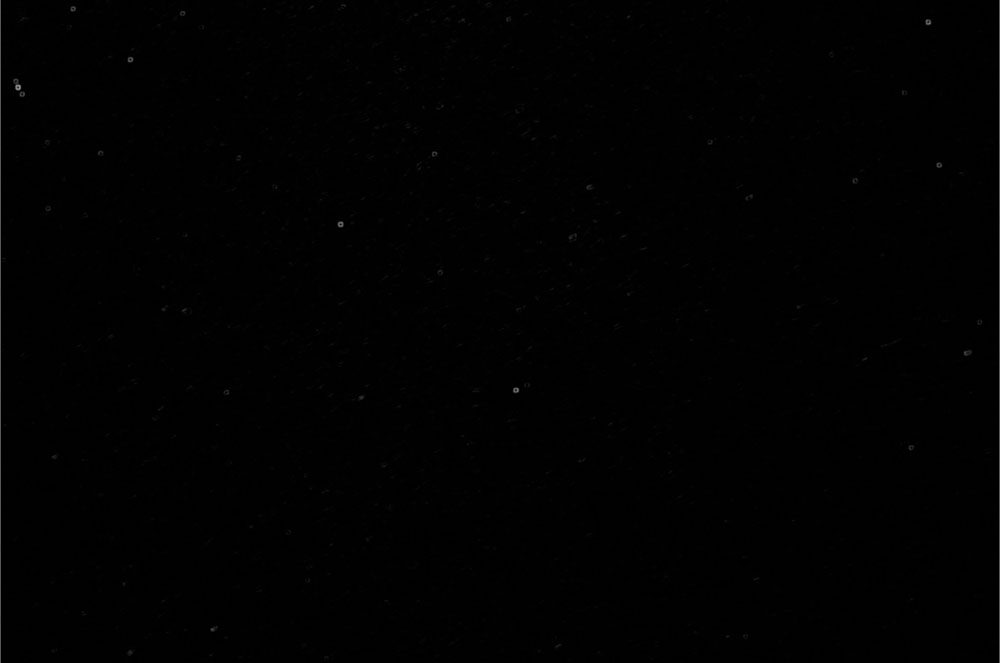

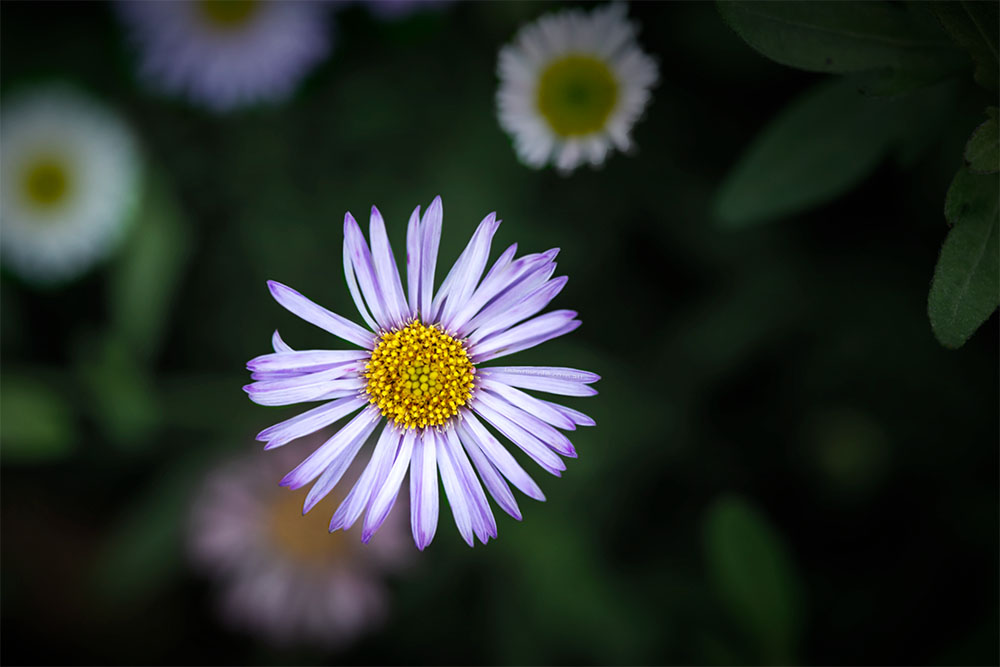
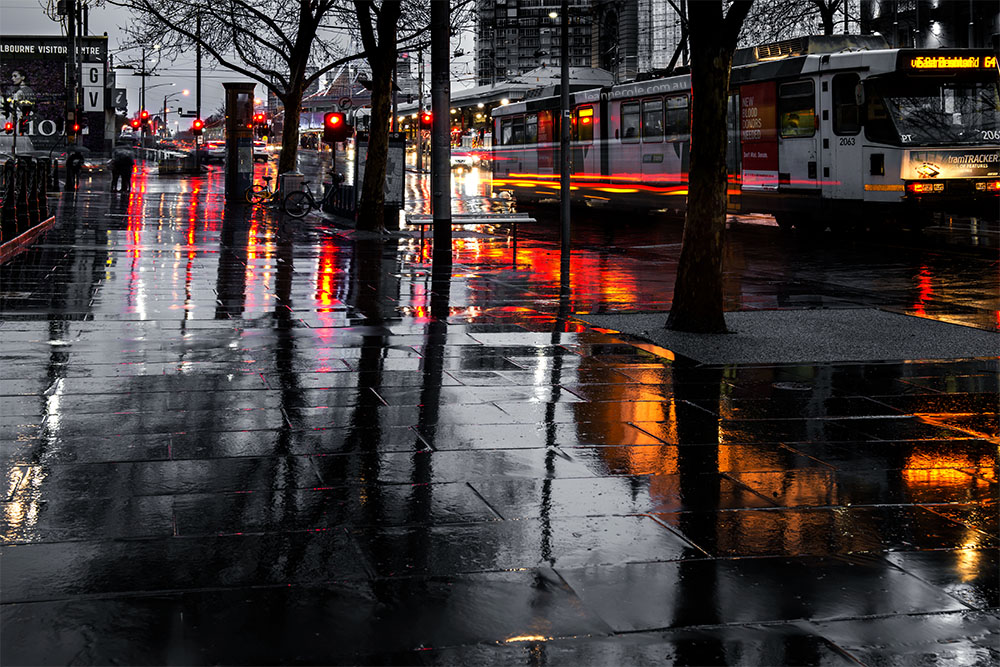
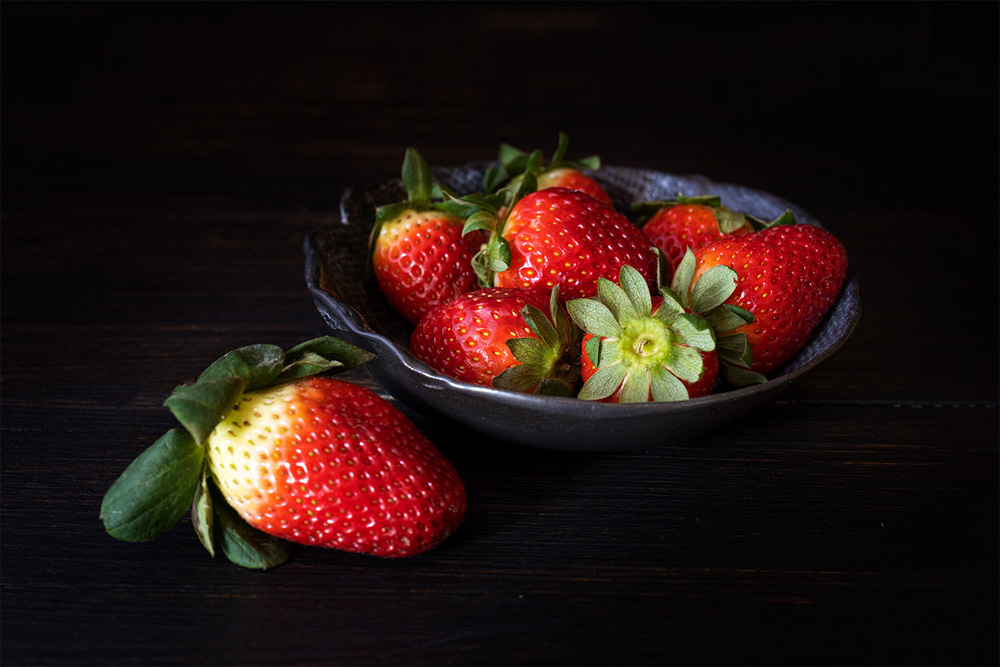
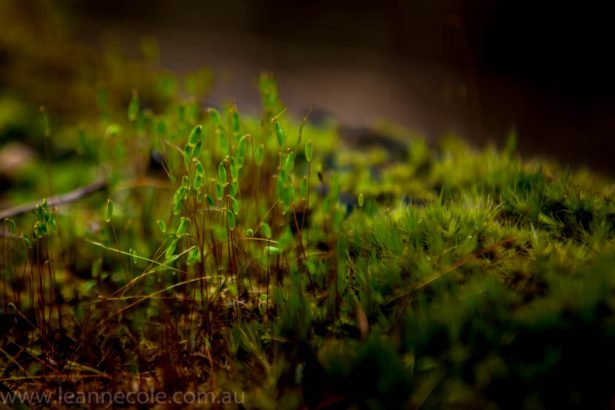
hehe good advice Leanne! On my EOS 400D i made the mistake of just cleaning the sensors without any prior knowledge.. ended up being a good lesson, cause since i’ve ‘cleaned’ it the autofocus was gone.. so yes, it is very wise to do research beforehand 🙂
Oh no Pieter, that’s terrible to hear. It is very wise. I did so much research before I did it for the first time, and tested it on a camera that if I wrecked I wouldn’t care about. Though I can’t imagine why you would lose autofocus? Have you tried to get it fixed?
Thanks Pieter, and thanks for sharing your experience.
Hehe it was no problem. Great learning school. Checked out the issue on the internet but the price was about half of what I paid for the camera (2nd hand one). So never really tried to fix it. And instead recently I bought a newer one (Canon eos 70d) so I’m well equipped with autofocus again 😀
That sounds fair enough, glad you have it now with your new camera, I hope you will not do the same, lol. 😀
I had never heard of gel sticks. It definitely has to be an alternative worth exploring with cleaning costs being so high. I have been very lucky, it seems, and both times my sensor has been filthy I have had it professionally cleaned for free at a local camera shop (one in Scotland and one in America). Thanks for the review.
Same, well until recently. I know paying to get your sensor cleaned can be a real pain, too much money. You have been lucky, I wish I could find someone here who could do that. You’re welcome Laura, thanks.
Fortunately, Action Camera in Roseville, CA cleans our cameras for free including the sensor. But, this seems to be a viable product should I be unable to get there or they start charging. Thanks.
YOu are so lucky Anne, I don’t think anyone here offers free sensor cleaning. Yes, it think it’s good and if you follow the instructions you shouldn’t have any problems. Thanks Anne.
Thanks for the good advice, Leanne!
You’re welcome Peter, and thank you.
What a great topic. Leanne. Thank you.
I’m glad to hear you like Nicci, thank you, and you’re welcome.
I have been using one of these for a while now, on both my D800 & 200: got mine from Germany after watching a Leica product video when one was used.
There is a warning about using the right one for the sensor – notably Sony’s, Fuji’s and (Leica’s newer cameras) the wrong version can leave residue. Red coloured head for these & blue for all others.
Good to hear from someone else who had one David,
yes, I remember reading something about that, good point, thanks for bring it up.
Thank you for this review.
You’re welcome.
that looks fantastic.. might have to invest in one of them
That;s what I thought, and it looks so easy to use, well it is, I just hope it turns out be great, I suppose I will know in a few months. Thanks Livonne.
Thanks, Leanne, very informative post.
You’re welcome Don, that’s great to hear, thank you.
Hi Leanne, I’ve been using Visible Dust sensor brushes for many years to keep my D300 sensor clean. Eventually I had to use sensor swabs & cleaning fluid for very stubborn dust particles that seemed to have welded themselves to the sensor. The Gel sticks you mentioned seem to be a simple yet effective alternative…….. Regards Aubrey.
I haven’t heard of that one Aubrey. Yes, those stubborn ones can be hard. I hope it is good, I suppose time will tell. Thanks Aubrey.
Leanne, at the back of my memory I could remember reading something about the Gel Stick and then it came to me that Moose Peterson had written about it on his blog. He stated that the Gel Stick over time lost some of it’s stickiness and that washing it in water would restore it’s stickiness and ability to remove dust. The post can be read here https://www.moosepeterson.com/blog/travel-dust Hope that is of some help. Regards … Aubrey
Oh okay, I did read someone’s review, I know it wasn’t Moose Peterson, but good to know he recommends it as well, thanks for the link. I just assumed that once it lost it’s stickiness it was time to replace it. It is of a lot of help, thank you.
great information to have. thanks, Leanne!
YOu’re welcome, thank you.
I’ve been cleaning my own sensor since the D100. My own research had me drift toward the combination of PSI SensorSWAB Ultra and the Eclipse Optic Cleaning Fluid, but that was a few years ago. I still use them because I like the idea of a wet cleaning procedure (the fluid has methanol and does not leave streaks).
I’ll check this out; always interested in better ways of doing things.
By the way, you could also mention good practices to minimize dust: use a blower to clean the chamber when changing lenses (the bulb ones, not the power blowers or you’ll risk damaging the shutter), and hold the camera upsidedown when changing lenses (the opening to the sensor pointing downward), and, of course, keep the lenses clean and the camera bag clean. And yes, more frequent cleanings (especially if swapping lenses a lot) is a good idea. Once the dirt “bakes” onto the sensor, it’s difficult to remove.
That is pretty much what I was looking for, and then I found this. A review I read from one person said they were using those and then switched to this. I am hoping that it will be good. I hate having to pay to get my sensor cleaned.
can you tell me what you use now, just in case. lol
I thought about putting that stuff in, but then I decided that it was a post about the gel stick, but you’ve done it now, so that’s brilliant, thank you so much, I mean that too, I hope it doesn’t sound sarcastic.
Right now, I still have a pack of the swabs and a bottle of the solution, so I will decide when I run out. I like the idea of the gel stick, but want to research it some more.
By the way, for anyone going the way of the swabs, there are different sizes depending on the sensor size. For my camera (Nikon, DX sensor) I use number 2 swabs.
As for the rest, anytime someone uses brilliant in describing anything I do, I assume it’s just the universe finally coming into proper alignment.
That makes sense to do that, I will do a follow up with the gel stick, so I will let you know what I think of it in a few months, remind me if I forget.
Yes, good information, I love your comments, always brings a smile to my face.
Thank you. That’s very nice of you to say.
All true
Interestingly — and a bit annoying — this format removes the linefeeds from the comments.
.
I suppose I can use periods to signify paragraph breaks.
.
A little awkward, but at least I get the spacing I want for readability.
I didn’t realise it was doing that, it is rather strange, I don’t get some of these themes.